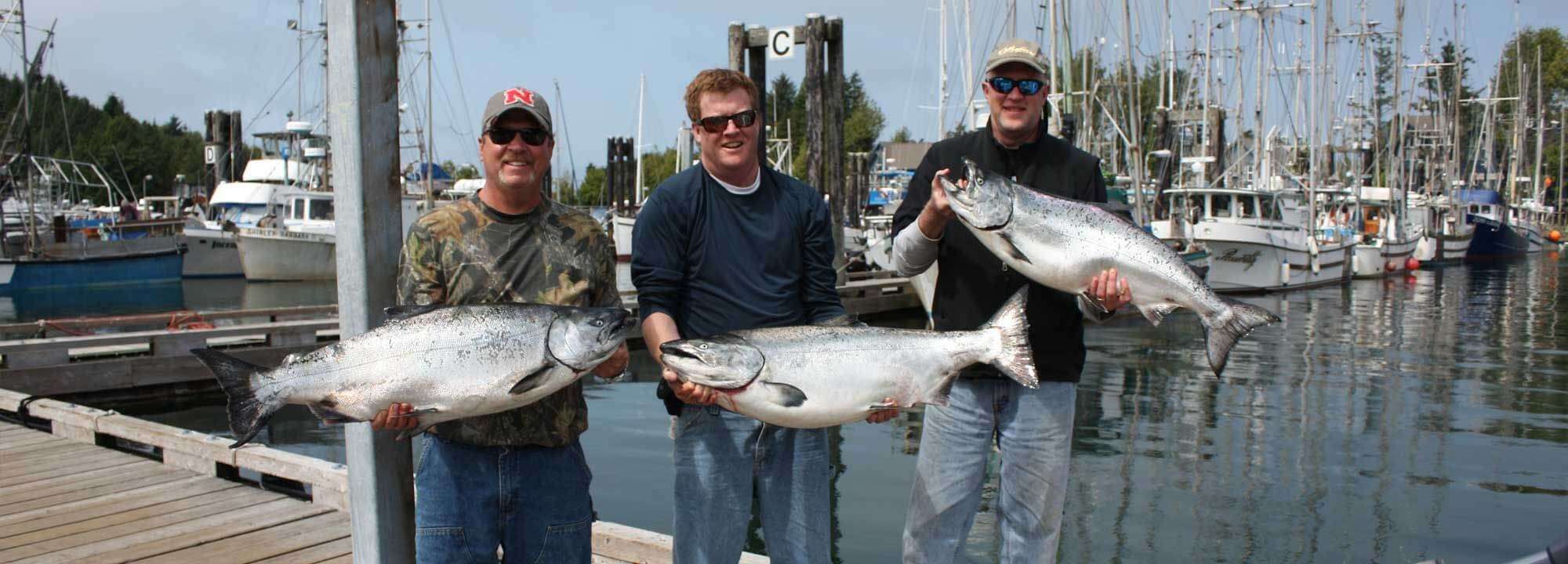
Gallery
Recent Posts
Online Games with…
Online games with free spins…
MAY 3 FISHING…
The best Chinook fishing has…
FISHING REPORT APRIL…
The best Chinook fishing has…
Latest News
Get your spot reserved as soon as possible!
This is a private mailing list and will never be sold or given away for any reason. You can unsubscribe at any time.
FISHING WITH THE CURRENT
Much can be learned about the proper technique of fishing in ocean currents to watching how fish behave in the river when targeting them with lure or bait. You will get far more strikes drifting a bait or lure to the waiting fish from upstream. They see the bait coming and are not startled by something coming up on them from behind. Pull the bait from behind them, and more often than not, you will spook them and they will quickly swim away.
If you are fishing an inlet, sound, or straits, it should be fairly easy to determine from which direction the water flow is coming. If you are unsure of the direction of the current, such as when you are offshore or fishing a new area, one way to determine is to watch the angle of your downrigger wires as you fish in different directions. When you are fishing with the current, your wires will be the closer to straight up and down than when you fish other directions.
Before you drop your gear in the morning, determine from which direction the current is coming. Consult the tide tables to determine when the current will switch directions. I will often plot out my intended course on the map or GPS before I start fishing, letting the current push me over my intended fishing grounds.
If I can fish over a 2 or 3 mile patch of productive ocean, such as along the edge of a shoal, and then fish back over it when the tide changes, I will measurably increase my catch ratio. If this is not possible, especially if I have hit a few fish on my first tack, instead of fishing back the way I came into the current, I will pull my gear and run back to my starting point and fish it again. That way, I avoid wasting valuable time pulling my gear upstream and noticeably lower catch results.
The second option is to fish cross-current. While generally not as effective as fishing down current, it can work well in some locations.
CHOOSING A GOOD SPEED FOR THE CURRENT
Finding an optimum speed can take a little trial and error. Primarily, I check the SOG (Speed Over Ground) on my dash mounted GPS. This will be different from the speed function available on some depth sounders. The depth sounders use a stern mounted baffled wheel to gauge the speed of water flow. If you are fishing downstream in a 3 knot current, the depth sounder could show a water speed of 2 knots, while the GPS shows a SOG of 4.2. Drifting down a river with no power would show similar results. If the boat was light and stayed with the current, the depth sounder might show a speed of .5 knots, while the GPS would show a SOG of 5 knots.
What you want to achieve is a good speed for the gear you are pulling. And since you will be trolling down current much of the time, in order to have your gear working properly, you will need to make sure you are pulling it fast enough. (See my previous blog.) I check the action of the lures I am pulling beside the boat and adjust the speed as necessary. Trolling down current, you will cover a lot of ground, just as you would trolling downstream in a river.
Another method I use to make sure my speed is where I want is to keep an eye on my downrigger cables. If I am not fishing too deep and I see them stretched way back, I will understand that the water drag has increased and my gear is probably working much faster. (Not always a bad thing!)
Watching the angle of your downrigger wires at different depths gives you an idea of your speed. The deeper you fish on your downrigger, the more angle you will have on your wires. I call this “the angle of the dangle.”
So in summation, choose where you want to fish in conjunction with the flow of the current, and try to spend more time fishing downstream. It will be worth it.
“Til next time….tight lines


